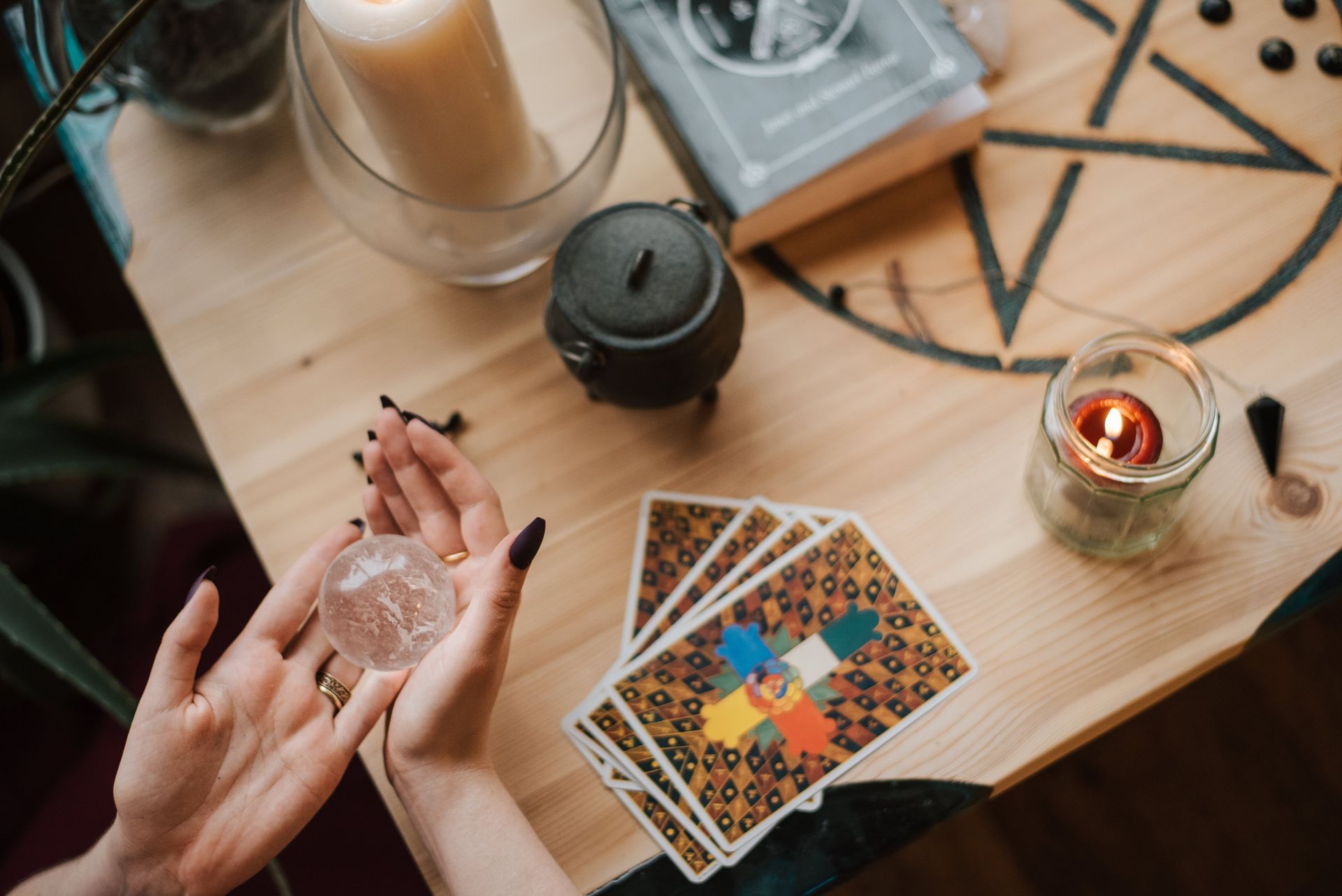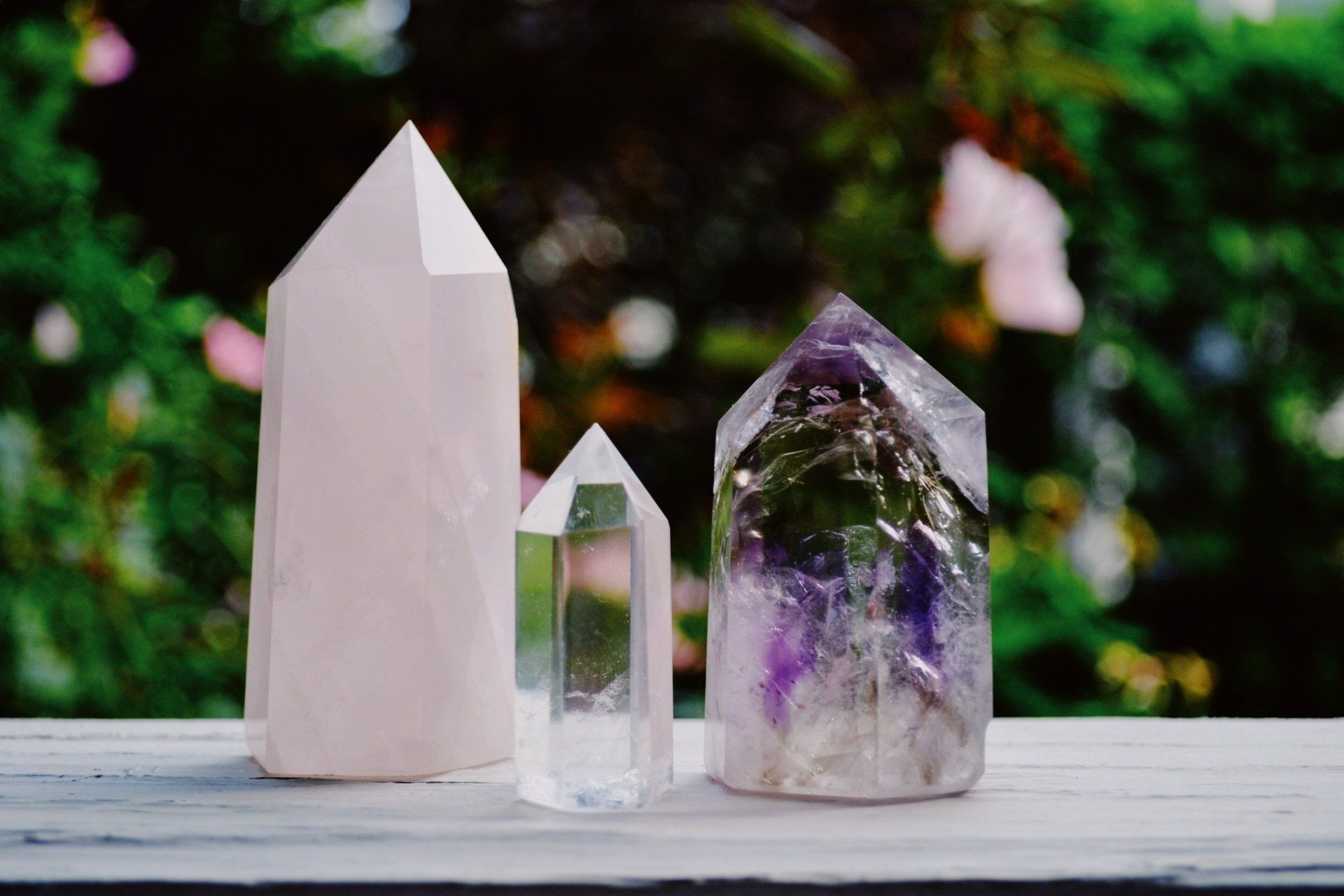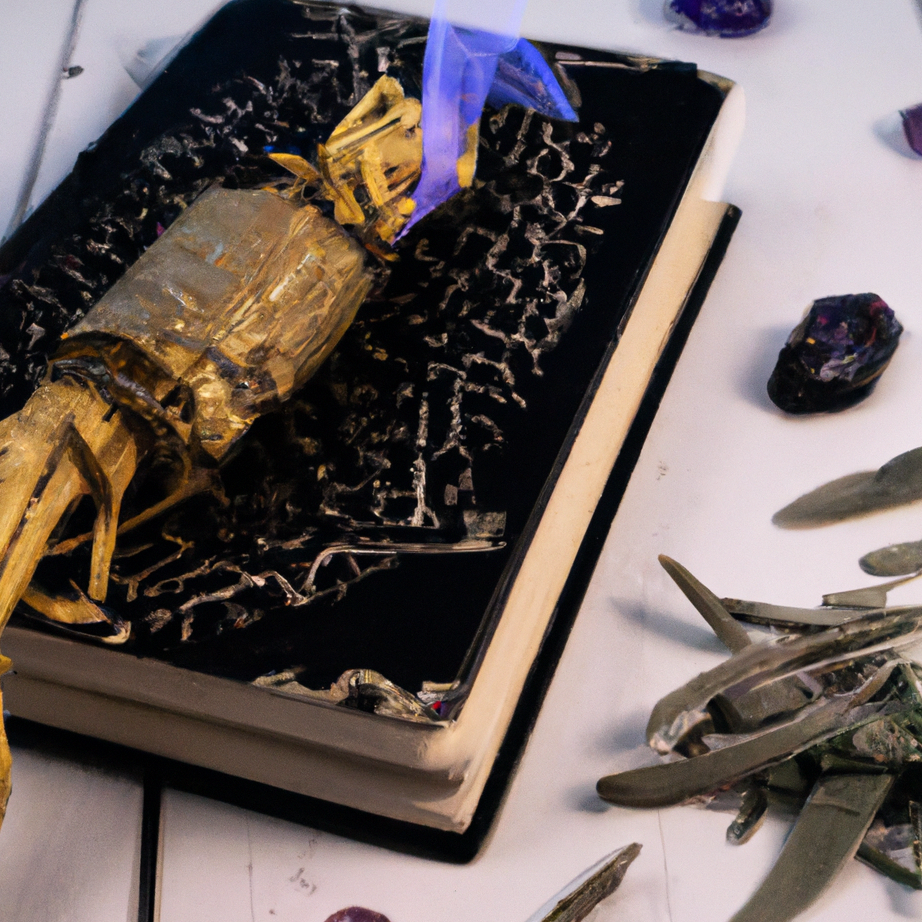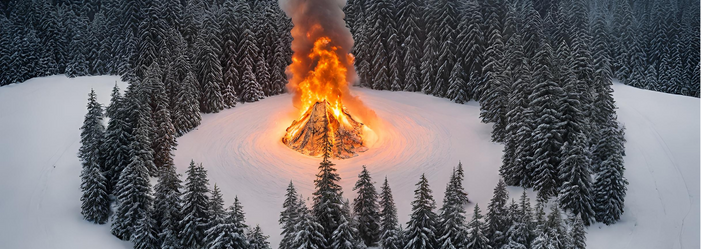


Origins of Christmas Traditions
The celebration of Christmas has evolved over the centuries. Some of the customs associated with Christmas have roots in pre-Christian, pagan traditions - included some of the most well-known symbols of Christmas!

In the hushed stillness of winter’s chilled embrace lies a tapestry woven with ancient magic and pagan whispers. As we tread the path of history, let’s unfurl the mystical layers of Christmas and unbury the roots that intertwine with paganism and witchcraft.
Winter Solstice Celebrations
Towards the end of December, the winter solstice is the pivotal moment which is the longest night and shortest day of the year. Many pagan cultures celebrated on or near the winter solstice, which occurs around December 21st in the northern hemisphere. The winter solstice will forever hold a particularly special place in my heart, as my husband and I were married on top of a mountain on the winter solstice of 2020; there was a Great Conjunction between the two largest planets in our solar system, making it appear that Jupiter and Saturn were one in the night sky. What a fitting start to a marriage!
Festivals and rituals related to the winter solstice were common in:
Ancient Rome: Saturnalia
This was a Roman festival dedicated to the god Saturn, typically celebrated from December 17 – December 23. It was a time of feasting, gift-giving, and revelry. It also included the tradition of role-reversals, where slaves and masters would swap roles temporarily.
Norse: Yule
In Norse mythology, the winter solstice was a crucial time of the year celebrated as Yule. Yule festivities lasted for approximately two months – beginning in late November/early December and continuing well into January. The Norse honored the all-father god Odin during this time and engaged in feasting, drinking, and the burning of the Yule log.
Celtic: Alban Arthan
The Celtic people celebrated Alban Arthan, which translates in English to “Light of Winter”. This solstice celebration focused on the themes of the sun’s rebirth and the triumph of the light over the darkness. Celebrations included lighting bonfires and using evergreen décor as symbols of life’s continuing.
Germanic: Midwinter Blot
Amongst the Germanic tribes, the winter solstice was a time for Midwinter Blot – a ritualistic celebration that involved sacrifices and feasts. It sought to honor the gods and ensure the return of the sun and fertility to the land.
Persian: Yalda Night
Yalda Night is an ancient Persian festival marking the victory of the light over the darkness. It takes place on the longest night of the year – around the winter solstice. Families gather to eat, drink, and read poetry, ensuring they stayed awake to welcome the light of the dawn.
Chinese: Dongzhi Festival
The Dongzhi Festival in Chinese culture, while not strictly a pagan celebration, falls near the winter solstice and is a time of family reunions and feasting. It signifies the return of longer daylight hours and the positive strengthening of yang energy.
The Yule Log
A large log, often from a fruit-bearing tree, would be burned to celebrate the returning of the sun. It symbolized the warmth and light brought by the rebirth of the sun. It would be lit with the remains of the previous year’s Yule log, carrying over the tradition and linking the years together. Burning the Yule log was accompanied by feasting, singing, and storytelling. Families and friends would gather around the hearth to share the warmth of the fire. Today, many people keep the tradition of the yule log alive by having decorative Yule logs that are displayed throughout the Christmas season.
Evergreen Décor
Using evergreen plants like holly, ivy, and mistletoe is steeped in pagan custom. These plants are symbols of life and fertility, particularly in the winter months when the land is all but barren. What a fantastic symbol of the proof of eternal life than plants that can remain green in the harshest of conditions. Mistletoe is revered as a sacred plant that embodies protection and fertility.
Gift-Giving
The tradition of exchanging gifts around the winter solstice has connections to paganism and Christmas. People exchanged gifts as symbols of goodwill during Saturnalia. For Christians, gift giving is connected to the biblical tale of the wise men presenting gifts to the infant Jesus.
For me, I am going to celebrate this year’s winter solstice and my wedding anniversary by infusing my celebration with the essence of magic. I’ll create my own sacred space with evergreen plants, kindle the flame of a Yule log, and weave spells of love, protection, and prosperity for the year to come.
May the witch within you find solace and joy during this mystical season!
More Mystic inspirations



